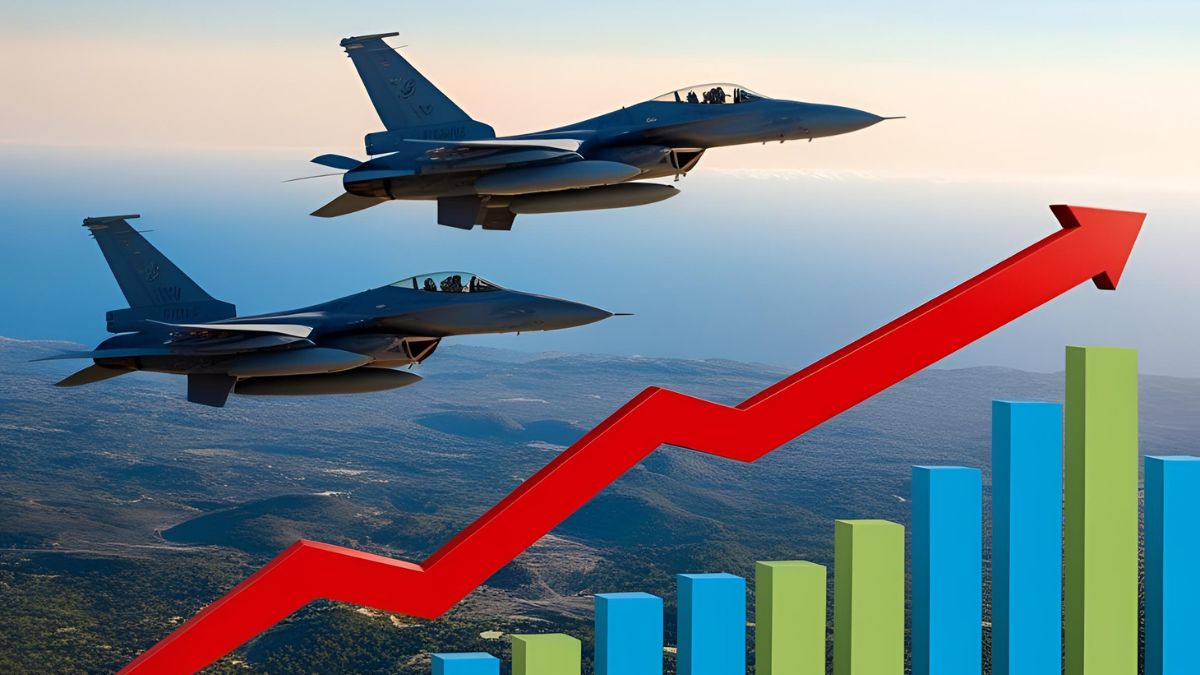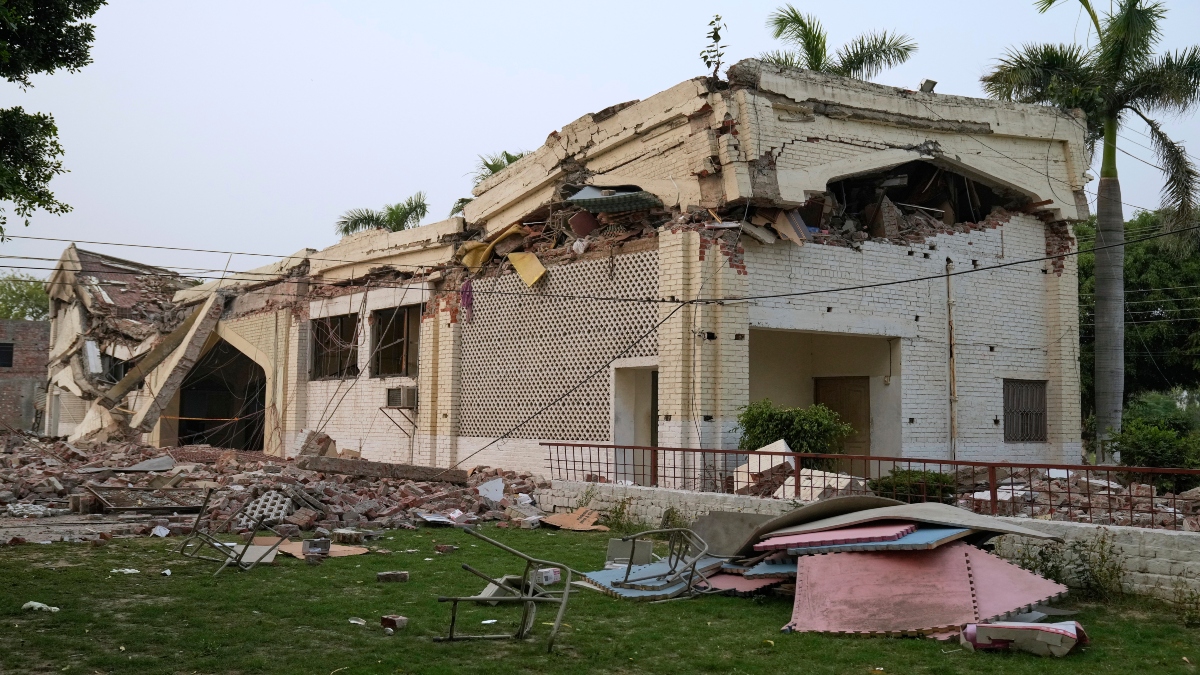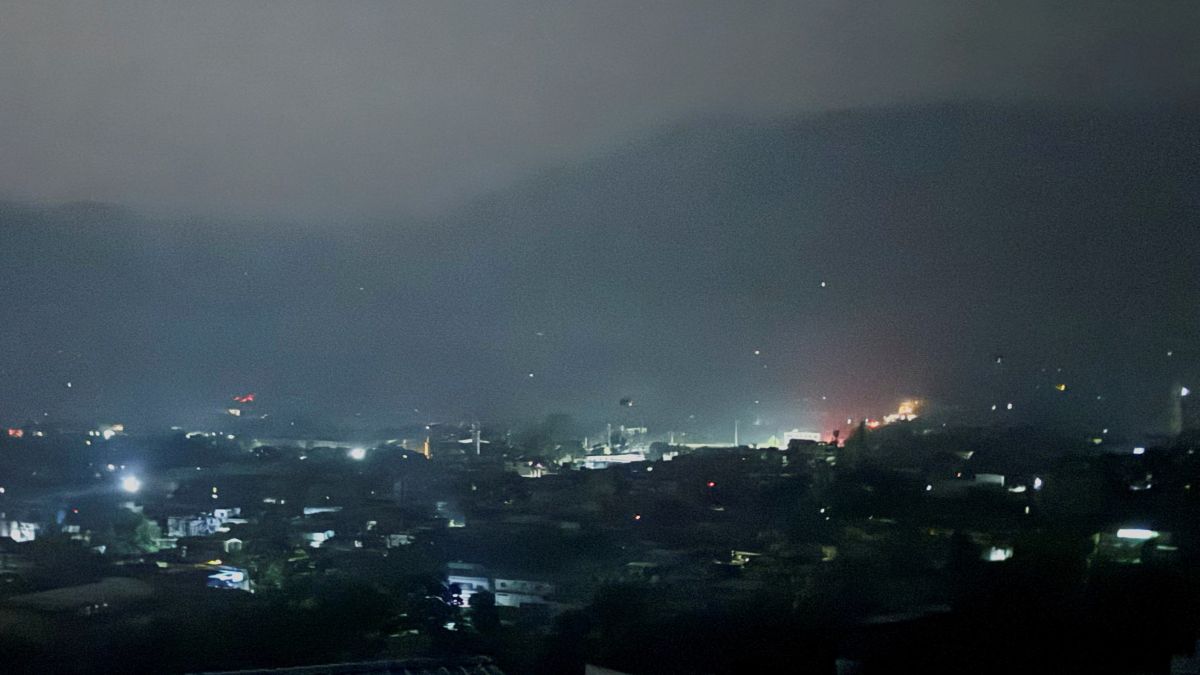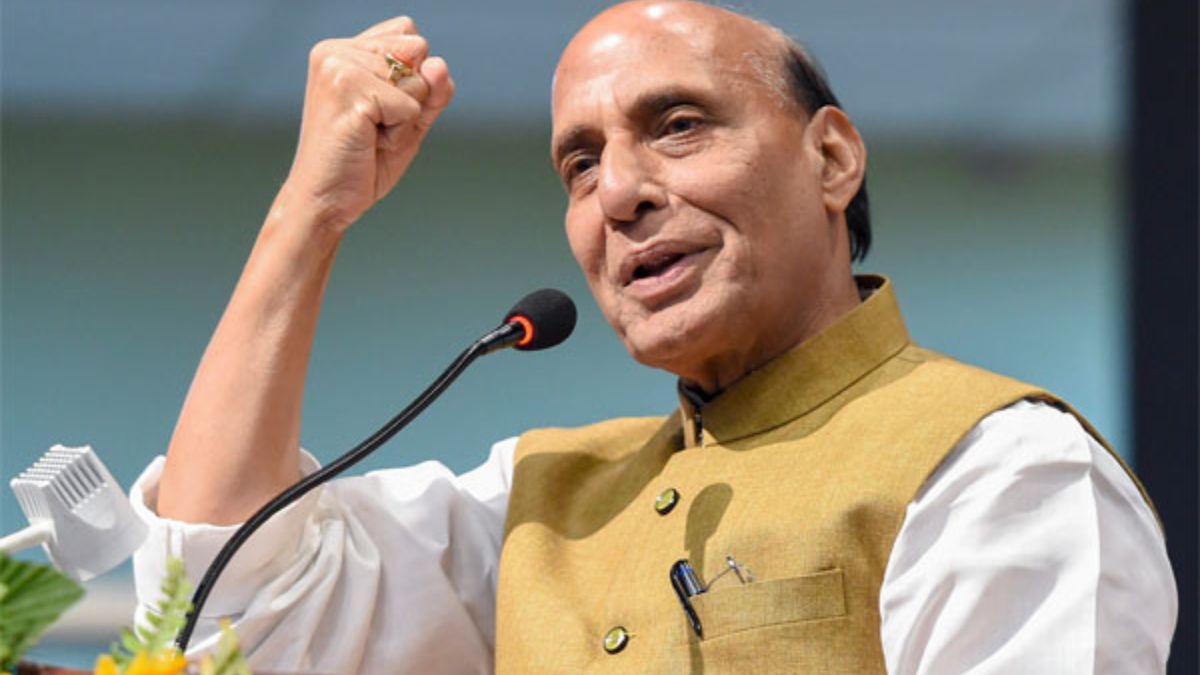Tensions between India and Pakistan following a wave of precision military strikes under Operation Sindoor have rippled through global equity markets — most notably fuelling a surge in defence-related stocks across India and China.
As details of the multi-target operation became public and geopolitical tensions flared, defence companies — especially those tied to airpower and missile systems — registered significant market movements.
While initial surges were seen in the Indian stock market, later trading sessions reflected volatility and profit-booking. In China, select defence manufacturers soared sharply as global interest turned toward platforms reportedly used by Pakistan.
Indian defence stocks rally after strikes
On the morning of May 7, India launched its most extensive cross-border military operation since 1971, targeting nine terror hubs across Pakistan and Pakistan-occupied Kashmir (PoK).
According to an official statement by the Ministry of Defence, “India conducted strikes on nine terrorism-related targets in Pakistan and PoK using precision-guided munitions.”
Following this, the Nifty India Defence index rose to 7,005.40 points, marking a 0.94 per cent increase, with a sharp rally seen across several publicly listed defence firms.
Among the top gainers, Data Patterns recorded a 4 per cent increase to ₹2,244.50, while MTAR Technologies rose 3.66 per cent to ₹1,432.70. Paras Defence & Aerospace, which had already seen a significant uptrend over the past month with a 49.13 per cent rise, climbed another 2.87 per cent to ₹1,407.90.
Other companies that contributed to the rally included Cyient DLM (up 2.86 per cent), Garden Reach Shipbuilders (2.07 per cent) and Mazagon Dock Shipbuilders (1.98 per cent).
Major state-run entities such as Hindustan Aeronautics Limited (HAL) and Bharat Electronics Limited (BEL) also registered modest gains of 0.28 per cent and 0.31 per cent, respectively.
Market participants appeared encouraged by India’s swift and precise military action, with many investors viewing defence production as a key growth sector under the country’s push for strategic self-reliance.
Followed by a note of caution…
Despite the rally, markets turned volatile later on May 7, with a sharp correction across key defence counters. Experts attributed this pullback to valuation fatigue after several sessions of upward momentum.
Stocks like HAL, Bharat Dynamics, BEL, and BEML declined by as much as 6.12 per cent, while shipbuilding firms including Mazagon Dock, Garden Reach Shipbuilders, and Cochin Shipyard saw declines of up to 5 per cent.
The Nifty Defence index subsequently fell by nearly 2 per cent, dropping to 6,915, as investors likely opted to lock in profits or adopt a wait-and-watch stance amid increasing geopolitical risks.
Analysts noted that the earlier surge, sparked by the April 22 Pahalgam terror attack that targeted Indian tourists, had already priced in much of the anticipated upside.
The defence stocks’ rally between the two events had added more than $5 billion in market capitalisation across major players.
Additionally, market participants believed that India’s calculated strikes, which avoided Pakistani military installations and focused exclusively on terror-linked targets, would limit the chances of all-out escalation.
As a result, the Indian benchmark indices traded within a narrow range during the day.
In contrast, the P akistan Stock Exchange reacted more sharply, with the KSE-30 Index plunging as much as 6.1 per cent, hitting its lowest point since December 4 before partially recovering.
Foreign investors positive amid crisis
Amid the geopolitical tensions and military developments, foreign institutional investors (FIIs) maintained a positive outlook on Indian equities.
As of Wednesday, May 7, FIIs had been net buyers in the Indian market for 15 consecutive sessions, injecting over ₹450.55 billion (approximately $5.3 billion) in cumulative investment.
Despite the cross-border tensions and ongoing military activity, market strategists suggested that India continues to be viewed as a relatively stable and attractive investment destination, especially when compared to other emerging markets grappling with inflation and fiscal uncertainty.
How Chinese defence stocks have rallied
While Indian equities saw mixed movements, defence-related companies in mainland China experienced a consistent upward trajectory in response to the Indo-Pak conflict.
According to Bloomberg, shares of Chinese defence manufacturers gained sharply, bolstered by the possibility of Pakistan having deployed Chinese-origin military platforms during the escalation.
Avic Chengdu Aircraft Co., the producer of the J-10C Vigorous Dragon and JF-17 Thunder — both in service with the Pakistan Air Force — led the rally.
The company’s stock jumped 17 per cent on Wednesday, followed by another 16.37 per cent surge on Thursday, closing at 80.68 yuan. This amounted to a 36.21 per cent gain in two days, and a 44 per cent rise over the past month, making Avic one of the top performers in the Chinese market during this period.
Bloomberg also reported that a broader index of Chinese defence stocks rose 1.6 per cent on Wednesday, reaching a two-week high. The movement was underpinned by increased investor expectations for export growth, especially after unconfirmed reports suggested the use of Chinese-origin jets by Pakistan in response to Indian airstrikes.
Between 2019 and 2023, 82 per cent of Pakistan’s imported military equipment came from China, marking a steep rise from the 51 per cent share China held in the 2009–2012 period.
This heavy dependency has turned Chinese defence companies into key players in any future South Asian conflict involving Pakistan.
Disinformation effects investor sentiment
As events unfolded, information warfare played a parallel role in shaping public perception and investor sentiment. Several false reports, later flagged by fact-checkers, claimed that Pakistan had shot down five Indian jets, including three Rafale fighters.
These reports were widely circulated in regional media outlets, including by China’s state-run Global Times.
In response, the Indian Embassy issued a formal warning to the Global Times, criticising the publication for spreading “unverified claims” about India’s military operations. The Embassy urged restraint and adherence to factual reporting during such sensitive periods, underlining the diplomatic fallout that can emerge from misinformation.
What next for the defence market
Although Indian defence stocks corrected in the immediate aftermath of Operation Sindoor, the sector remains strategically significant and investor interest is expected to stay elevated.
The ongoing focus on indigenous defence production is likely to keep this segment in the spotlight.
“I think defence spending is on a structural rise as the world becomes a more dangerous place. And frankly, the flip side of that is that stock market multiples globally, and don’t necessarily do great if there’s more global risk intentions of war, but certainly defence would be an area that should structurally benefit from this,” Arvind Sanger of Geosphere Capital Management told CNBC-TV18.
Also Watch:
With inputs from agencies


)
)
)
)
)
)
)
)
)